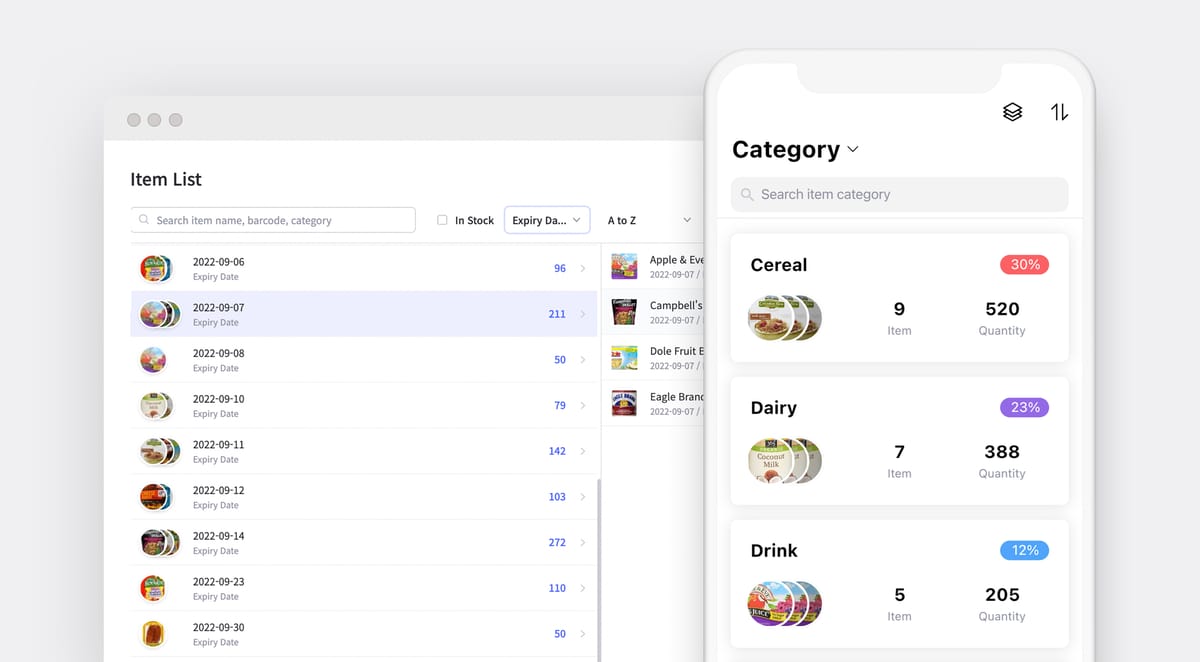What is Dead Stock? ☠

How do you run a successful business? Some may say through excellent marketing, competitive sales team, or even great lighting in your store. Among the various business tactics, there is one factor that can unexpectedly hinder your performance. That detrimental factor is dead stock.
Retailers have many challenges when it comes to running a business and one of those frustrations includes dead stock. In inventory management, knowing how many products to reorder requires data analytics, business experience, and customer awareness. Without such expertise, dead stock can easily end up negatively affecting sales and cash flow. Moreover, dead stock also takes up valuable warehouse space and slowly chips away at your company's profits. In this article, we will go over the reasons why dead stock is bad for your business and ways to avoid them.
What is Dead Stock?
Dead stock, also known as obsolete/dead inventory, refers to inventory that remains unsold and has low possibility to be sold in the future. Usually, dead stocks are kept in a warehouse or retail business' stockroom. If dead stocks aren't repurposed regularly, it will lead to incremental deficits in a company's finances. Considering how inventory must be purchased, shipped, stored, and taken care of, dead stocks is a factor that affect each of these functions negatively.
Why is Dead Stock Bad for Your Business?
Dead stocks usually involves a cost, which can easily hurt any business that is starting out for the first time. Let us dive deeper into how it is bad for your business.
💸Money Loss
The main reason that dead stock is bad for your business is because it usually results in money loss. The company recoups expenses in inventory by selling its products. However, in the case of dead stock, not only would you not be able to make a profit, the product will sit in storage and accumulate cost and valuable space from other inventory choices.
📉Holding Cost
As the term Holding Cost suggest, or Carrying Cost, it is the expenses incurred from not being able to relinquish inventory. Keeping an unsold product comes with its holding costs and expenses. Depending on the product being held and conditions, the expenses incurred can be warehouse costs, utility costs for the storage space, labor, insurance, damaged or expired items, shrinkage, etc.
⚖Opportunity Cost
Opportunity cost is the potential benefit that a business could have had if they had chosen the other alternative. There is an opportunity cost associated with the accumulation of dead stock since it takes up space that could be used to manage other items that can be more profitable. Therefore, you will be missing a chance to sell a top-selling item by storing dead stock on your shelves.
💪Labor Cost
Initial labor costs for a product includes offloading, carrying, tracking and recording the product. Within a warehouse, items are moved around quite often and having a pallet of unsellable items makes extra work for the logistics team. Whether they navigate around or reshuffle the dead stock to a different shelf, the extra time spent takes away from managing other products. After many inventory and quality checks, businesses will notice the difference in productivity as long as the dead stock exists.

3 Ways to Avoid Dead Stock
🔎Ensure product's quality
When you have too many dead stocks, it may be due to an issue with your item. Are the items good quality or are there defects? Have you gone through the proper quality assurance process? Dead stock is frequently caused by a lack of quality control. Customers will most likely not repurchase items if there are any dissatisfying experiences. Establishing a proper quality assurance process prior to manufacturing or ordering in bulk will help guarantee the raw materials used and the goods sold to customers have no damage or issues.
🔎Research customer's needs
Check your customer reviews from people who have purchased the product and try to understand the feedback from the customers perspective. Many sites utilize a customer review section which may help you learn the reasons for your dead stock. For example, if a common issue stated by customers is with the product's durability or lack of popular color options, businesses can reposition their next purchases and reevaluate their materials used to avoid leaving items on the shelf.
You will be better positioned to avoid dead stock if you know what buyers need and want. Before investing in new items, conduct market research by creating customer surveys and utilizing customer analytics. Also, continuously collect customer feedback from the initial selling of new products. The information may alert you of possible issues that might lead to future dead stock.
💻Start inventory management system
A large number of small businesses either use the manual inventory method or do not accurately track their inventories until necessary. If your small businesses fits this description, try to improve your inventory management by investing in a more advanced solution that will help you make better decisions and minimize your dead stock.
Inventory Management Software
Businesses without inventory management are more likely to accumulate a large amount of dead stock. Along with various inventory issues, businesses may see more negative outcomes without any inventory solution. In this case, adopting an inventory management system can help avoid forgotten and useless dead stock sitting on your warehouse shelves. With such solutions, not only can you access monitoring and analytics tools for your inventory, but can also ensure you have the optimal level of inventory available.

Easily Manage Dead Inventory with BoxHero
BoxHero supports features that are ideal for managing dead inventory, such as:
- 📜 Categorizing items to easily sort and group based on characteristics.
- ✔ Check highest and lowest performing products from the 'Analysis' menu.
- 🔎Identifying products with 'Low Stock' status and plan reorders
- ║▌Generate, scan, and print Barcodes all in one system.
- 🧾 Easily create Purchase Orders, invoice statements, and sales analysis.
- ☁ BoxHero is a cloud-based inventory management system that allows you to create and share transactions with your team anytime, anywhere.
Have a hard time managing your inventory? Try BoxHero now.
Start inventorying right now with BoxHero!


